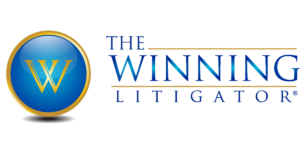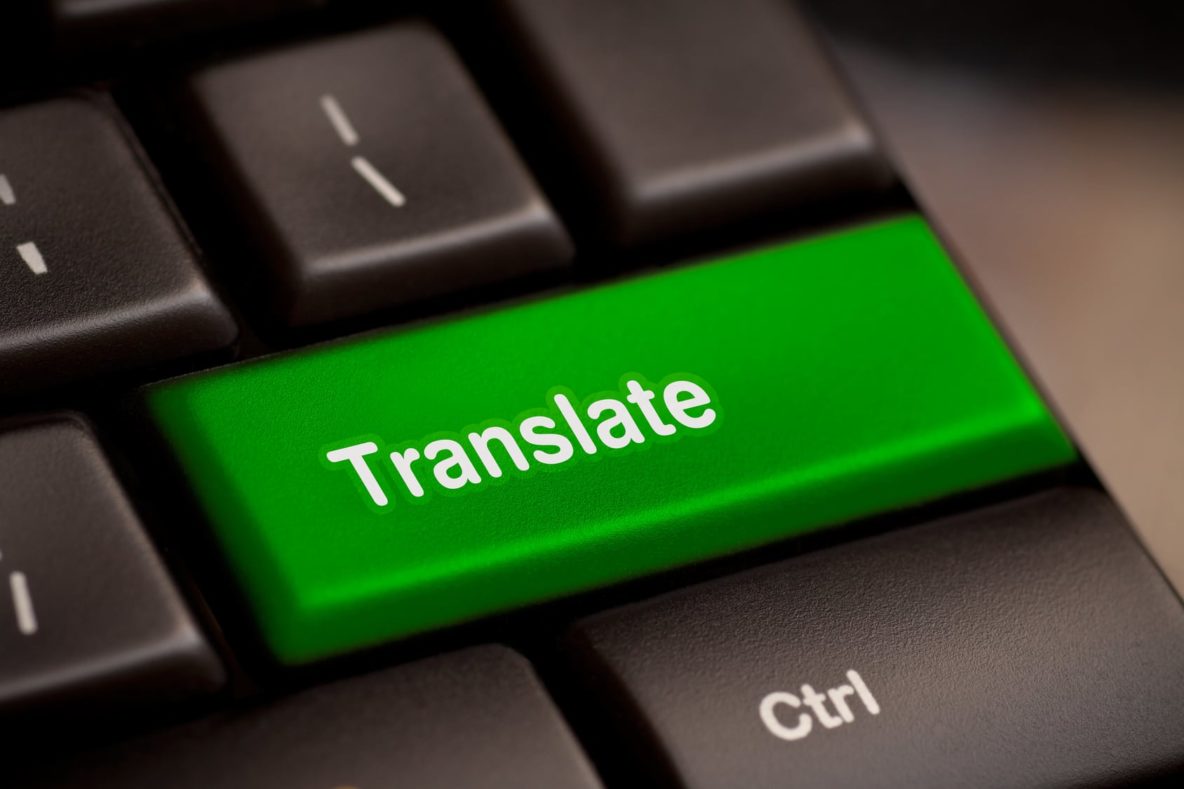One of the most difficult types of trials that I’ve wrestled with is what I refer to as the “Insidery Trial”. What do I mean by the “Insidery Trial”? It’s a trial where documentary evidence or testamentary evidence involves industry or company specific details that have the potential to be overwhelming or confusing to jurors.
For instance, in a case involving a corporation where forms and documents use acronyms abbreviations like ACC, DVT, QTR, ARP, BDC, etc., and which terms show up regularly in testimony or documents, attorneys trying this case may have difficulty getting jurors to follow the evidence. Another example would be a trial where the subculture of a corporation is based on industry norms not fully understood by jurors. Attorneys who gloss over the industry insider aspects of the case are headed for trouble.
Making the details clear will help jurors follow the case.
So what can you do if your case involves these sort of esoteric details or the requirements that jurors understand a special industry or corporate subculture? Here are five useful strategies:
- Make a key chart. In cases involving the repeated use of abbreviations and acronyms, consider stipulating with your opposing counsel to a key published to the jury throughout the trial presentation on a large chart displayed. If your opposing counsel won’t stipulate to such a key chart, consider asking the court in a pretrial motion to approve the use of the chart.
- Rewrite a document. This is one of my favorite trial presentation strategies to use when you’re faced with documents containing multiple abbreviations or acronyms — including emails and correspondence. Because of the potentially confusing nature of the documents, asked the court if it would be all right if you rewrote the text on a separate sheet of paper and simply changed the abbreviations or acronyms into their full form, and then attached the text behind the original document. Ordinarily, I have found that the court will agree with this suggestion, as long as you are replicating the text exactly in every other respect. Judges don’t want jurors to be confused.
- Slow Down, Stop and Articulate. In the event that the case contains confusing terms or abbreviations, each time you get to one of these terms during your trial presentation make an effort to slow down or stop and articulate the term while looking at jury. The goal is to get the jury to put these terms in their notes and to let them understand that you are there to help them in their task of gathering and piecing together information.
- Use an expert witness. In cases involving an industry where the background or corporate subculture is vital for the jury to understand, during your trial presentation consider tendering an expert on this industry background. These experts can be especially useful in cases involving operational rules or standard procedures in a particular industry, and which details are crucial to the determination of the case.
And the most important strategy of all…
- Prepare your jurors At the start of the trial, make sure that the jurors know that the case will be filled with terms they might not immediately understand. You might introduce the terms to the jury in the Opening Statement. Reassure the jurors that it is your job to help them understand, and explain in advance how you will be doing this (e,g. with a key chart, introducing an expert). Simply by highlighting this potentially confusing aspect of the trial, you’ll be putting the jurors on notice so that they are better prepared to receive the information when it’s conveyed to them.
Use these strategies, and a trial that might ordinarily be insidery and confusing to jurors will now be more comprehensible. By eliminating confusing details or corporate jargon, you can focus the jurors more on the essential aspects of your case and a verdict for your client. That’s a winning strategy!

